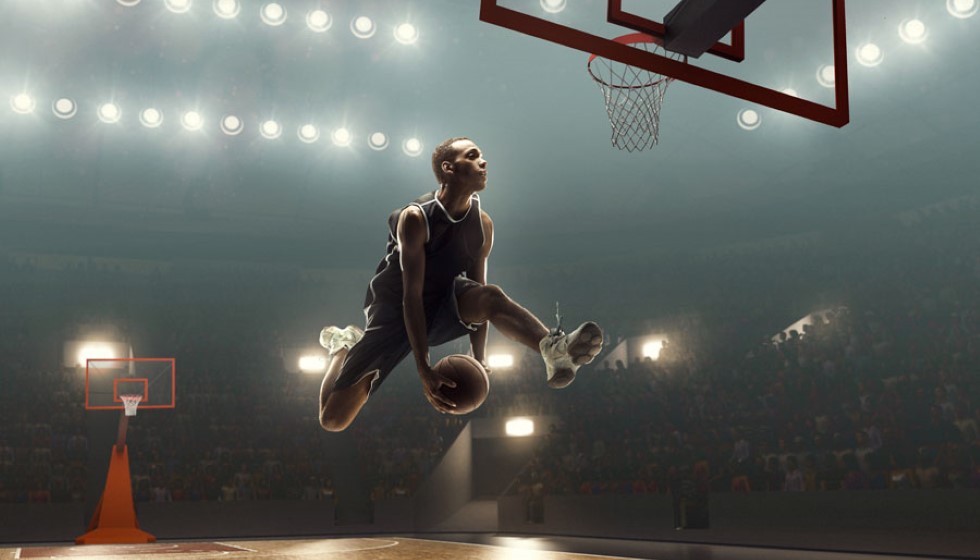
Amidst the current crop of NBA luminaries, Anthony Edwards stands out not just for his athletic prowess but for the intriguing notion of a multi-sport career. At a towering 6-foot-5, Edwards is distinguished in the NBA landscape, drawing comparisons to the likes of Michael Jordan for his defensive skills and dynamic playstyle.
Remarkably, Edwards’ athletic journey extends beyond the hardwood. Before his rise to basketball stardom, he was a top-grade running back. "I could have been a professional football player. I was really good. I was the No. 1 running back in the country at 9 or 10," Edwards reflects, underscoring his prowess in football during his formative years. This foundation in football came even before high school, underlining his versatile athletic capability.
Decisions and Inspirations
Despite his early promise in football, Edwards eventually gravitated towards basketball, driven by a deep brotherly influence. This decision was less a divergence and more an evolution of his sporting journey, akin to the paths of athletes like Jimmy Graham and Antonio Gates, who transitioned from basketball to successful NFL careers. Both Graham and Gates are testament to the potential for crossover success between these two demanding sports.
Today, Edwards embodies the dream of a professional NBA athlete, secured with a lucrative max NBA contract. However, his affinity for football hasn’t diminished. "If I win a ring in the next three to four years, I'm going to play football," Edwards declared to friends, a promise that blends aspiration with nostalgia. This hypothetical transition is bound with complexities, especially considering the financial implications. NFL contracts typically lack the guaranteed security of NBA agreements, posing a significant consideration for any athlete contemplating such a move.
Echoes of Michael Jordan
In exploring dual-sport ambitions, one cannot ignore the echoes of Michael Jordan's brief baseball career. Jordan famously hung up his Air Jordans in 1993, stepping into the batter's box with the Chicago White Sox. Although his baseball days were short-lived and concluded with a return to basketball in 1995, Jordan’s foray into another professional sport remains a pivotal narrative in sporting history.
For Edwards, any potential NFL endeavor would present challenges not unlike those faced by tall running backs such as Derrick Henry, who have excelled despite physical and situational adversities. Edwards' physical frame and instincts, honed on the basketball court, could indeed make him a unique asset on the football field.
Team Dynamics and Risk Mitigation
However, the prospect of such a transition is complicated by the innate risks and concerns shared by NBA teams regarding their players participating in other high-risk sports. Injuries are an ever-present danger in professional athletics, and teams typically err on the side of caution to preserve the significant investments made in their star players.
In the broader scope of professional sports, Edwards' musings open an intriguing discussion about the fluidity of athletic talent across sports. His journey serves as a reflection on the multidimensional nature of athleticism and the crossroads where passion, potential, and pragmatism intersect. The sports world will certainly watch with anticipation to see if Edwards might one day redirect his talents from the basketball court to the football field, or if his ring chase in the NBA will continue to define his career trajectory.